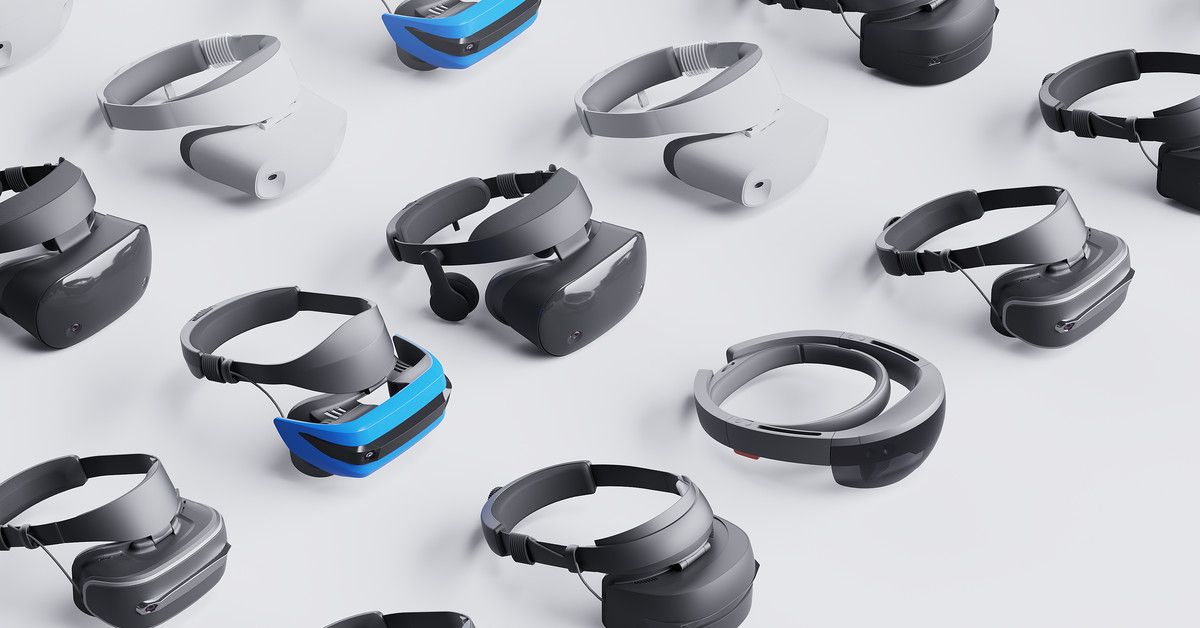Researchers have developed a technique that enables gene editing on neurons — something previously thought to be impossible. This new tool will present amazing new opportunities for neuroscience research.
Technologies designed for editing the human genome are transforming biomedical science and providing us with relatively simple ways to modify and edit genes. However, precision editing has not been possible for cells that have stopped dividing, including mature neurons. This has meant that gene editing has been of limited use in neurological research — until now. Researchers at the Max Planck Florida Institute for Neuroscience (MPFI) have created a new tool that allows, for the first time ever, precise genome editing in mature neurons. This relieves previous constraints and presents amazing new opportunities for neuroscience research.









